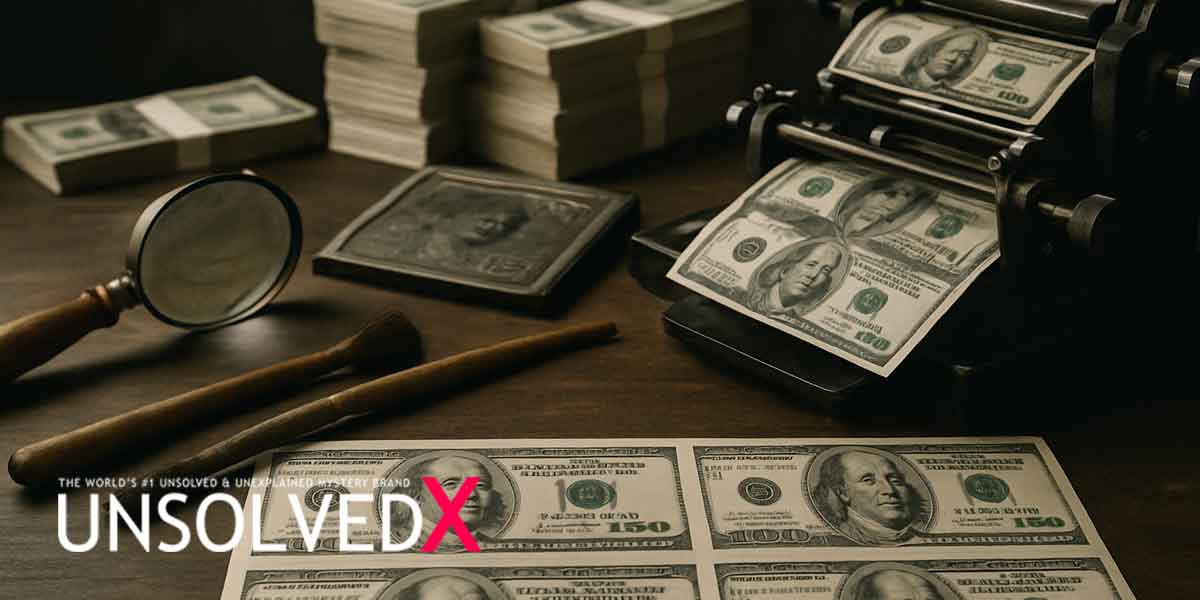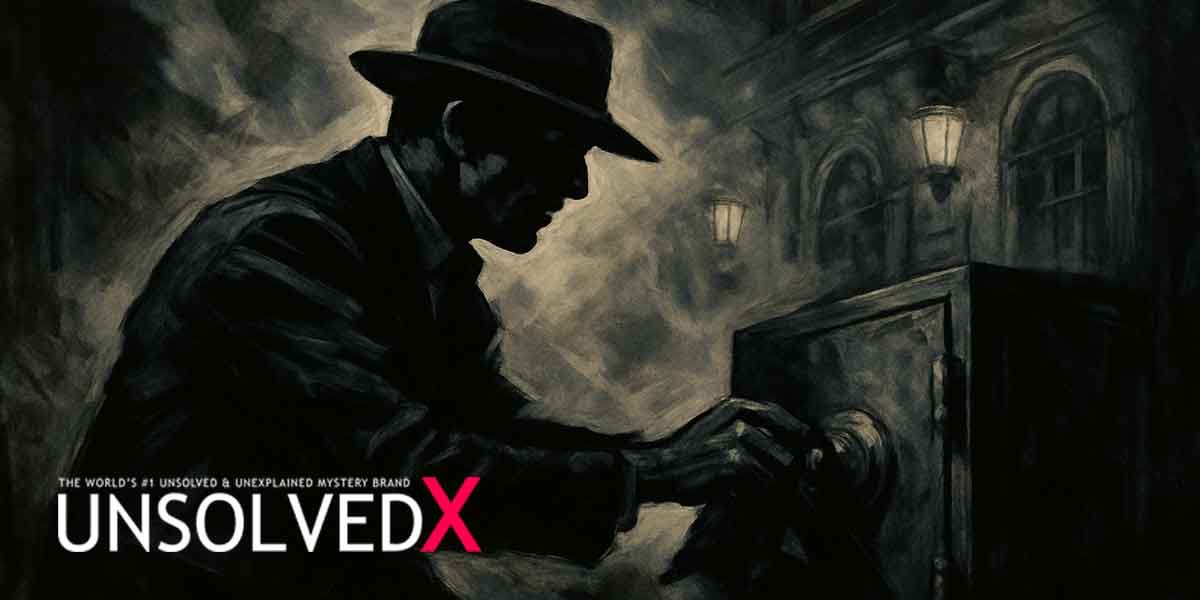A Hustler’s Path to Counterfeiting Mastery
Frank Bourassa, born in Trois-Rivières, Quebec, was a small-time crook with big dreams. Starting at age 12, he ran a shoplifting ring, selling stolen clothes to classmates, as he recounts in a 2016 Business Insider interview. By his teens, he’d moved on to car theft and a cannabis operation, but it was burnout from running a brake-pad factory in 2004 that pushed him toward his boldest scheme: counterfeiting $250 million in U.S. $20 bills. Bourassa’s criminal evolution wasn’t driven by desperation but by a desire for an easier path to wealth. After selling his factory, he spent a year researching currency security on government websites, learning about UV strips, watermarks, and color-shifting ink. His operation, dubbed Operation Cranium by police, began in 2008 on a Quebec farm, where he set up a secret print shop. Bourassa’s early life of petty crime gave him the street smarts to navigate the underworld, but his counterfeiting venture required a new level of discipline—sourcing materials globally, dodging suspicion, and building a network of buyers. His story, detailed in a 2021 Jordan Harbinger podcast, reveals a man who saw crime as a puzzle to solve, not a moral failing.
Bourassa’s ability to evade detection for years stemmed from his meticulous planning and paranoia. He avoided selling to American gangs, fearing scrutiny after the 2008 financial crash, and instead targeted criminal groups in Europe, Asia, and Africa, as noted in a 2014 GQ article. He used a middleman to distance himself from transactions and kept his girlfriend and her children unaware of his activities, printing at night in a rented garage. His downfall came in 2012 when an undercover RCMP officer, posing as a buyer, ordered $200,000 in fake bills. A police helicopter tracked the delivery, leading to a 5 a.m. raid on May 23, 2012, where authorities found $949,000 in counterfeit notes, a printing press, and drugs. Bourassa’s trump card—a hidden stash of $200 million in fake bills—became his bargaining chip, as he revealed its location to avoid extradition to the U.S., where he faced 60 years. His six-week sentence and $1,350 fine, as reported by Guinness World Records, shocked observers, cementing his legend as a criminal who outsmarted the system.
Crafting the Perfect Fake Bill
Bourassa’s counterfeits were a triumph of ingenuity, described by the RCMP as “virtually undetectable to the naked eye” in a 2014 press release. The key was the paper as he explained. Convincing suppliers was tricky; he contacted dozens before a specialized firm accepted his order. The paper, embossed with specific watermarks and fitted with “USA TWENTY” security strips, was shipped to Montreal’s port, a moment Bourassa called “the best day of my life” in a GQ interview. In his Quebec print shop, equipped with a $125,000 full-color printing press, cutters, and bundling machines, he added green and peach coloring, color-shifting ink, and microprinting. The $20 bill, last updated in 2003, was an ideal target due to its simpler security features, making it easier to replicate than higher denominations.
The operation’s scale was staggering: 12.5 million fake $20 bills, printed over five months, with a total face value of $250 million. Bourassa sold them at 30% of face value, aiming for $75 million in real profits, funded by his brake business and cannabis earnings. His distribution was strategic, using an accomplice to sell to international gangs, ensuring the notes circulated far from Canada. The setup cost $325,000, a fraction of the potential payout, as noted by Guinness World Records. Some bills, first spotted in Michigan in 2010, remain in circulation, a testament to their quality. Bourassa’s methods, shared in interviews like one with ABC’s 20/20, highlight a self-taught counterfeiter who rivaled state mints. For those curious about currency security, the U.S. Currency Education Program offers insights into the features Bourassa mimicked, while his story underscores the lengths to which a determined mind can push criminal craft.
A Legacy of Audacity and Redemption
Bourassa’s story is less about crime’s allure and more about a man who gambled everything on his wits. His counterfeits didn’t just fool cashiers—they challenged the U.S. Secret Service and RCMP, who underestimated him as part of a larger gang, per a 2016 Business Insider report. His deal to surrender $200 million in fake bills, hidden in a hotel parking lot under luggage and boxes, was a masterstroke, securing his freedom and avoiding U.S. extradition. His lawyer, leveraging an illegal search argument, ensured minimal consequences, as detailed in a 2025 omgsogd.com article. Bourassa’s brief jail time and fine sparked debate—some, like posts on X, speculate he kept more cash than he admitted, though he insists he’s gone straight. Now running a security company, he consults for governments and firms, using his expertise to catch counterfeiters, a twist that adds depth to his saga.
Unlike unsolved cases like the D.B. Cooper hijacking, Bourassa’s tale is fully documented, yet it retains an air of mystery for its sheer scale. His operation, which sold $50 million in fake bills before his arrest, reshaped perceptions of counterfeiting’s potential. For enthusiasts, the Royal Canadian Mint’s museum in Ottawa offers context on currency security advancements spurred by cases like his. Bourassa’s interviews reveal a charismatic figure who views his past with candor, not regret. His life serves as a cautionary tale: brilliance can build empires, but one misstep—a single undercover buyer—can unravel them. Bourassa walked free, but his story reminds us that no fortune, real or fake, comes without risk.










Comments
Comments section coming soon!